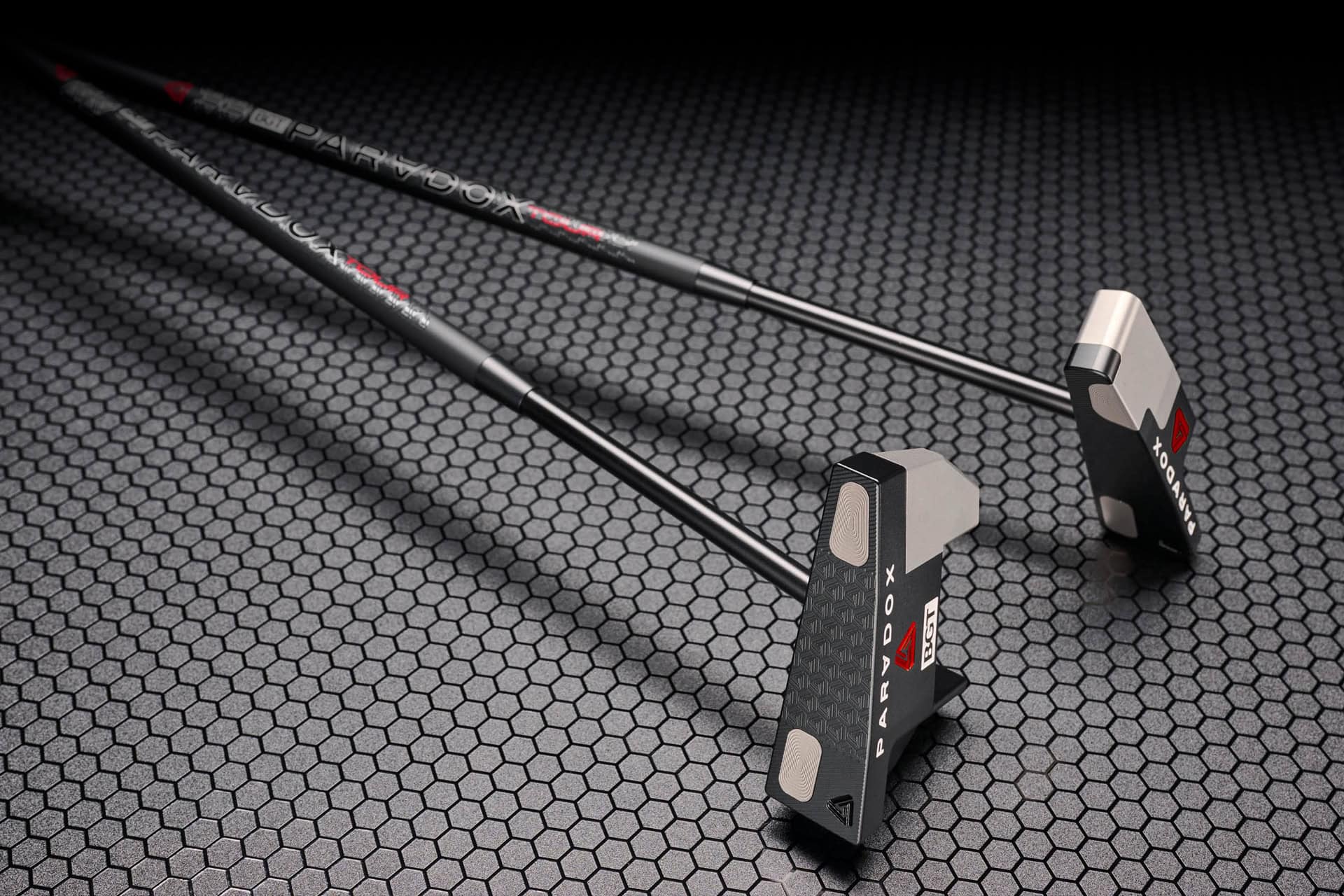
In golf, precision is everything. Nowhere is this more evident than in putting, the fine art of rolling the ball with control, touch, and alignment. While drivers and irons often get the spotlight for distance and power, the putter is arguably the most critical club in the bag. One of the latest innovations generating buzz among professional and amateur golfers alike is the zero-torque putter.
But what does zero torque actually mean in the context of putting? How does it affect your game? And how does our signature putter, the Paradox, build off of this technology and improve it even further?
Let’s explore the concept of torque in putting, how zero torque putters differ from traditional designs, and whether making the switch could lower your scores.
Torque, in mechanical terms, refers to a twisting force that causes rotation. In the context of putting, torque typically describes how the putter head wants to rotate (twist) open or closed during the stroke due to the way it's balanced and the forces applied by your hands and arms.
When you swing a conventional putter, especially on an arcing stroke, some degree of torque naturally occurs. This can cause the face to open or close slightly, resulting in misalignment at impact, which—even if only by a few degrees—can dramatically affect where the ball ends up.
The torque in a putter arises from the relationship between the shaft axis and the head's center of gravity (CG). If the CG is not aligned directly beneath the shaft axis, the head will tend to rotate—especially during a less-than-perfect stroke. Most putters on the market are designed with some degree of toe hang or face balance, which introduces torque based on stroke style.
A zero-torque putter is a club specifically engineered to eliminate the natural twisting force that most putter heads exert during the swing. That means when you swing the putter, the face doesn’t naturally want to open or close, it stays square to the path with less manipulation needed from the golfer.
In most designs, this is achieved by aligning the center of gravity directly in line with the shaft axis, or by designing a shaft attachment (hosel) and weighting system that minimizes torque throughout the stroke.
The result? A putter that resists twisting and stays square to the target longer, which helps maintain face angle and alignment consistency—two key factors in sinking more putts.
With zero torque, the putter head resists rotating during the stroke, meaning it is far more likely to return to square at impact. Even minor misalignments in face angle can drastically alter the ball's direction over longer putts.
Because the putter head doesn’t “fight back,” you can rely more on your natural pendulum motion rather than trying to control or manipulate the face angle through the stroke. This can lead to better rhythm, tempo, and overall feel.
Some zero torque putters are also designed with optimized moment of inertia (MOI), making them more forgiving when you don’t hit the exact center of the face. Less twisting equals better distance and directional control on mishits.
Since the face tends to stay square to the path, many golfers report improved confidence in aiming and alignment. This is particularly useful under pressure, when muscle tension can affect face control.
One of the misconceptions is that zero torque putters only benefit golfers with a straight-back, straight-through stroke. In reality, even arc-style putters can benefit from reduced torque because less twisting means less manipulation is needed to return the face square to impact.
Some models are specifically tailored to different putting arcs, offering zero torque benefits across a range of putting styles.
Signs It Might Help You:
However, it’s important to note that not every golfer will benefit equally. Some players naturally adapt to their putter's balance and may not notice dramatic improvements. Others may require a period of adjustment as zero torque putters can feel “too stable” at first, especially for those accustomed to toe-hang models.
Zero torque technology has become fairly common and widespread. The performance benefits, particularly for face control and consistency, have made it somewhat of a mainstay in the golf world as of late.
While zero torque technology focuses on eliminating unwanted face rotation during the stroke, Paradox’s patented Swing Balance Technology takes this concept a step further. By aligning the principal axis of inertia with the golfer’s natural putting stroke, Paradox doesn’t just resist torque, it actively adapts to the way you putt.
This dynamic alignment optimizes performance throughout the entire motion, helping the putter stay square to your path without requiring manipulation. Unlike traditional putters that demand you conform to their balance, Paradox is the only self-aligning putter, designed to work with your stroke, not against it. In that sense, it represents an evolution of the zero-torque concept, offering not just resistance to twisting, but intelligent balance that enhances feel, consistency, and confidence with every putt.
Tour pros are starting to take note as well. While tradition still rules the green, even the most discerning players are experimenting with these next-gen tools when they offer measurable performance gains.
The idea of zero torque in putting is more than a gimmick, it’s a legitimate mechanical advancement aimed at improving one of golf’s most challenging and mentally demanding areas. A zero torque putter provides greater stability, less manipulation, and more consistency, especially under pressure. Combine that with the brand new swing-balance technology of our zero-torque putter, and you have everything you need to strengthen your game. Whether you’re a weekend warrior or a serious golfer chasing single digits, understanding torque–and how to eliminate it—might just be the key to unlocking a smoother, more confident putting stroke